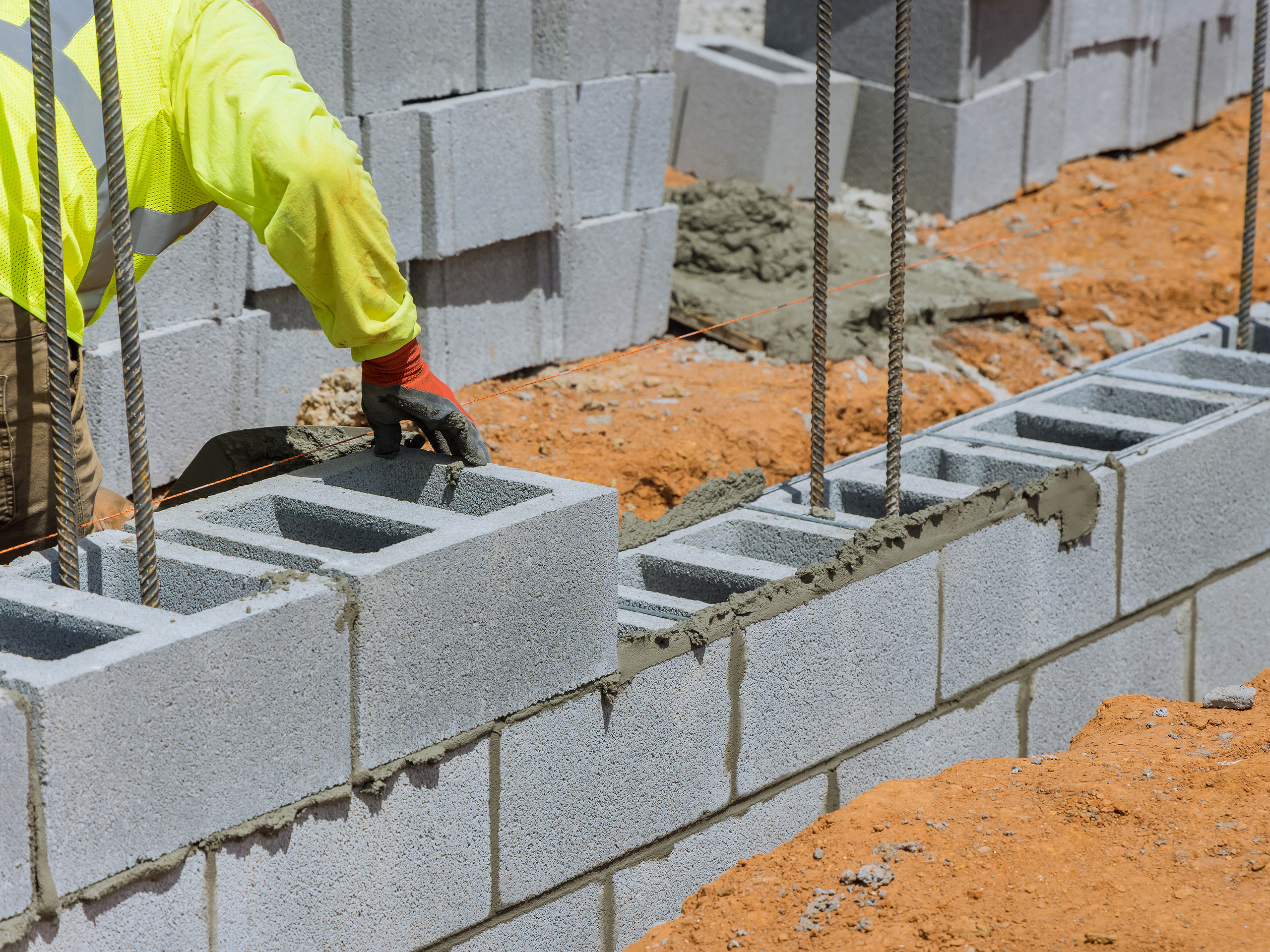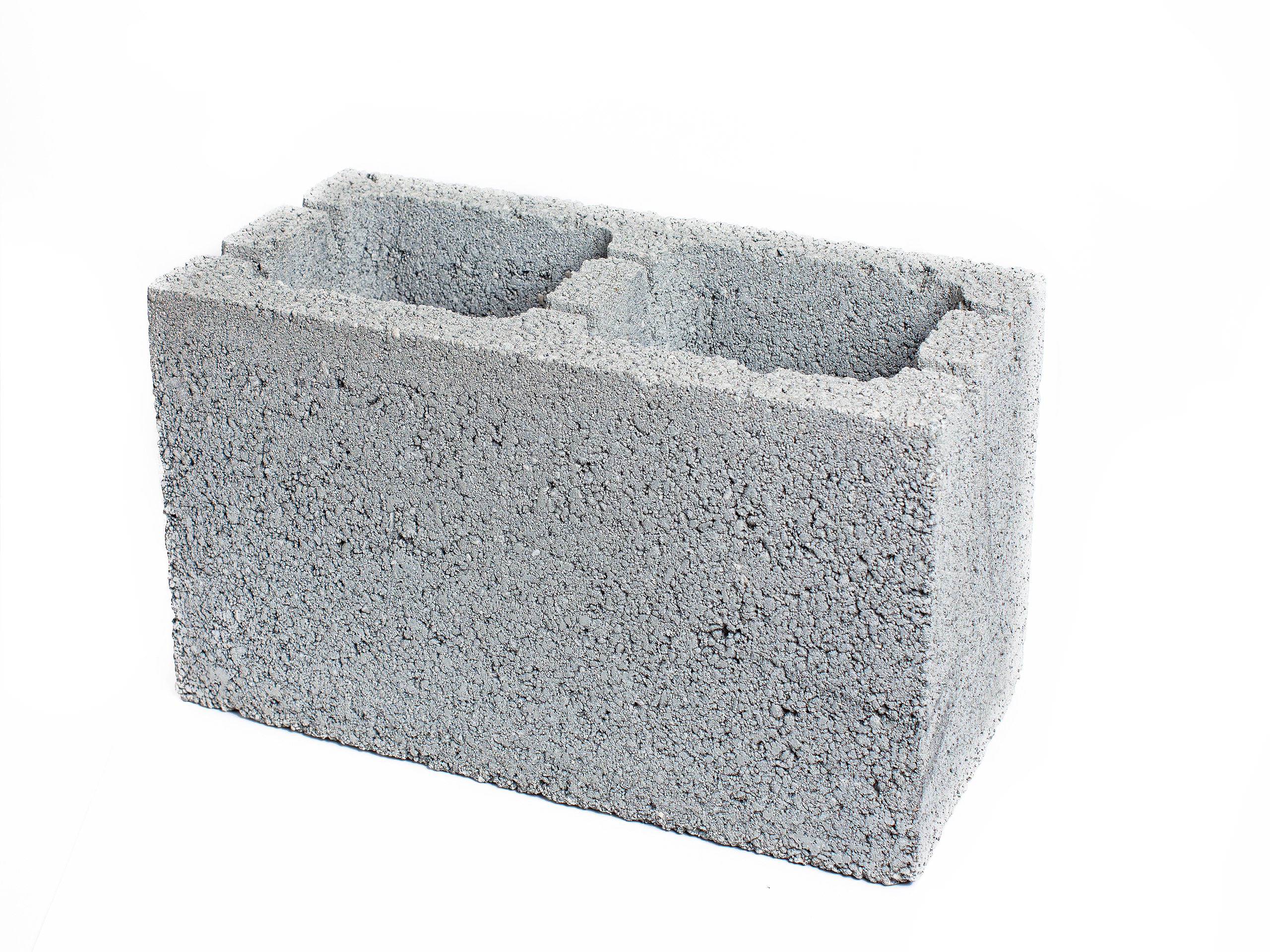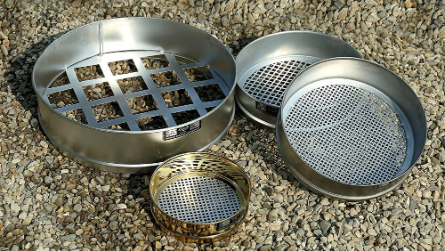Nearly all modern projects entering construction phases are classified as a Risk Category II, III, or IV project as defined by the International Building Code (IBC) in Table 1604.5. When these projects have walls constructed of concrete masonry units (CMU) they generally have some type of minimum fire resistance or minimum fire rating classification in accordance with either ACI 216/TMS216, Table 5.1(a), “Code Requirements for Determining Fire Resistance of Concrete and Concrete Masonry Assemblies,” or IBC Section 722.3.2 and Table 722.3.2, “Minimum Equivalent Thickness of Bearing or Nonbearing Concrete Masonry Walls.” The two tables are identical since the required CMU equivalent thickness to obtain a given CMU fire rating is listed in hours from one-half hour to four hours.
If we have a new high school project under construction with a population capacity estimated to be approximately 12,000 people, then this is a Risk Category III project. The walls of this project are constructed almost entirely of eight-inch equivalent CMU with a minimum two-hour fire-rating requirement as listed in the contract documents. The CMU certificate of compliance submitted by the masonry producer before the commencement of construction phases indicates compliance with ASTM C 90, “Standard Specification for Loadbearing Masonry Units.” The CMU submittal also reflects compliance with the project requirement for a two-hour fire rating on the eight-inch CMU.
For those of us with inquiring minds: How do we really know that the thousands of CMU furnished during construction phases (two-year-plus construction period) comply with the two-hour fire-rating requirement of the contract documents? The “burning” question (no pun intended) is, “Do the kids in the school have two hours to get out of the building in case of fire?” Important question! The solution is to obtain periodic project samples of the CMU from time to time during construction, perform appropriate ASTM C 140 laboratory tests to determine equivalent thickness, and calculate the actual CMU fire rating according to ASTM and IBC code standards. Since the CMU fire rating is based on the equivalent thickness of the masonry and the type of aggregate used to make it, it is imperative to remember that most CMU are manufactured with a blend of lightweight aggregate plus sand, gravel, or screenings. When using Table 5.1a of ACI 216/TMS 216 to calculate CMU fire rating, the fire rating of all aggregates in the individual CMU must be accounted for.
CMU Equivalent Thickness Tests Calculations
(ASTM C 140, Annex A1.5)
Equivalent thickness is essentially the solid thickness that would be obtained if the volume of concrete contained in a hollow unit were recast without core holes. Years of testing have established a relationship between CMU fire rating and its equivalent thickness.
___________
Trouble Deciphering the Code? Call the Experts at F&R!
Contact Alan S. Tuck, Director of Code Compliance & Training, Author of Speaking in Code
T 540.344.7939 | M 540.798.4440 | [email protected]
For a complete picture of the Code and how it relates to Special Inspections, F&R would love to provide a virtual AIA-accredited Lunch & Learn presentation to the professionals at your firm.






